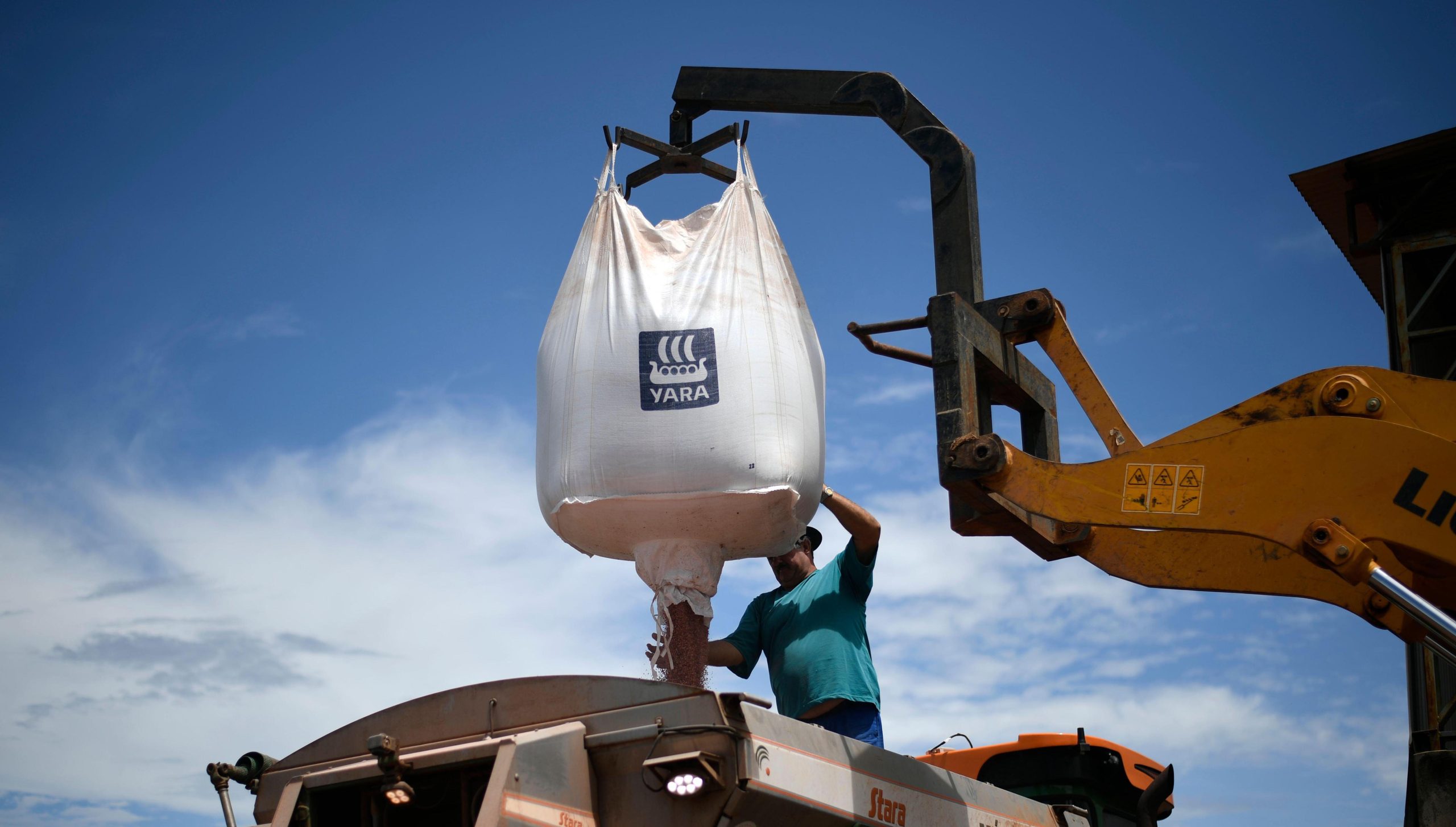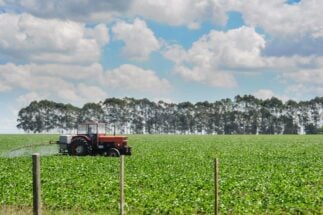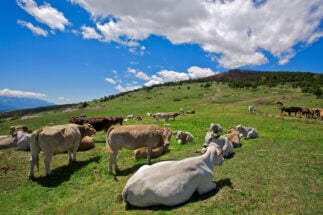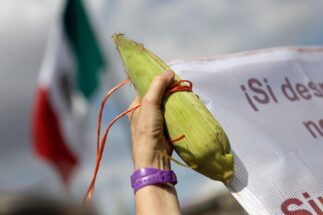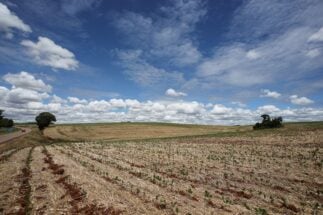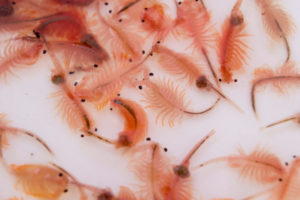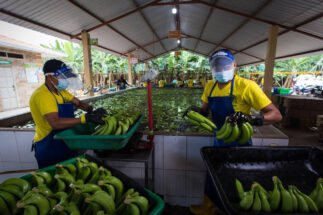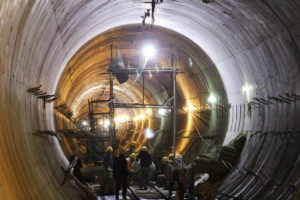Farmer Claudio Zeni’s attention is divided between global geopolitics and tending to his 15-hectare property in Capitão Leônidas Marques, in the west of the Brazilian state of Paraná. Here he plants soybeans, corn and wheat and raises 25 oxen.
“We keep one eye on the crop and the other on the global scenario. After all, those in agriculture depend on the import of fertilisers. We know there is a shortage of these products on the international market,” he says.
Although Brazil is one of the largest agricultural producers in the world, the supply chain is truly a global one, with the nation importing almost 84% of its fertilisers in 2021.
However, global supplies, which already began to dwindle at the end of last year due to multiple international factors, could become scarce in the event of a protracted war between Ukraine and Russia – the top fertiliser supplier to Brazil and other Latin American countries.
Shortages caused the prices of chemicals used in fertilisers to surge in Brazil last year. Potassium chloride rose 185%, urea increased 138% and monoammonium phosphate increased 103%, according to the Brazilian Confederation of Agriculture and Livestock (CNA).
“Brazil is already being hit hard. The products available, in many cases, have doubled in price,” says Zeni.
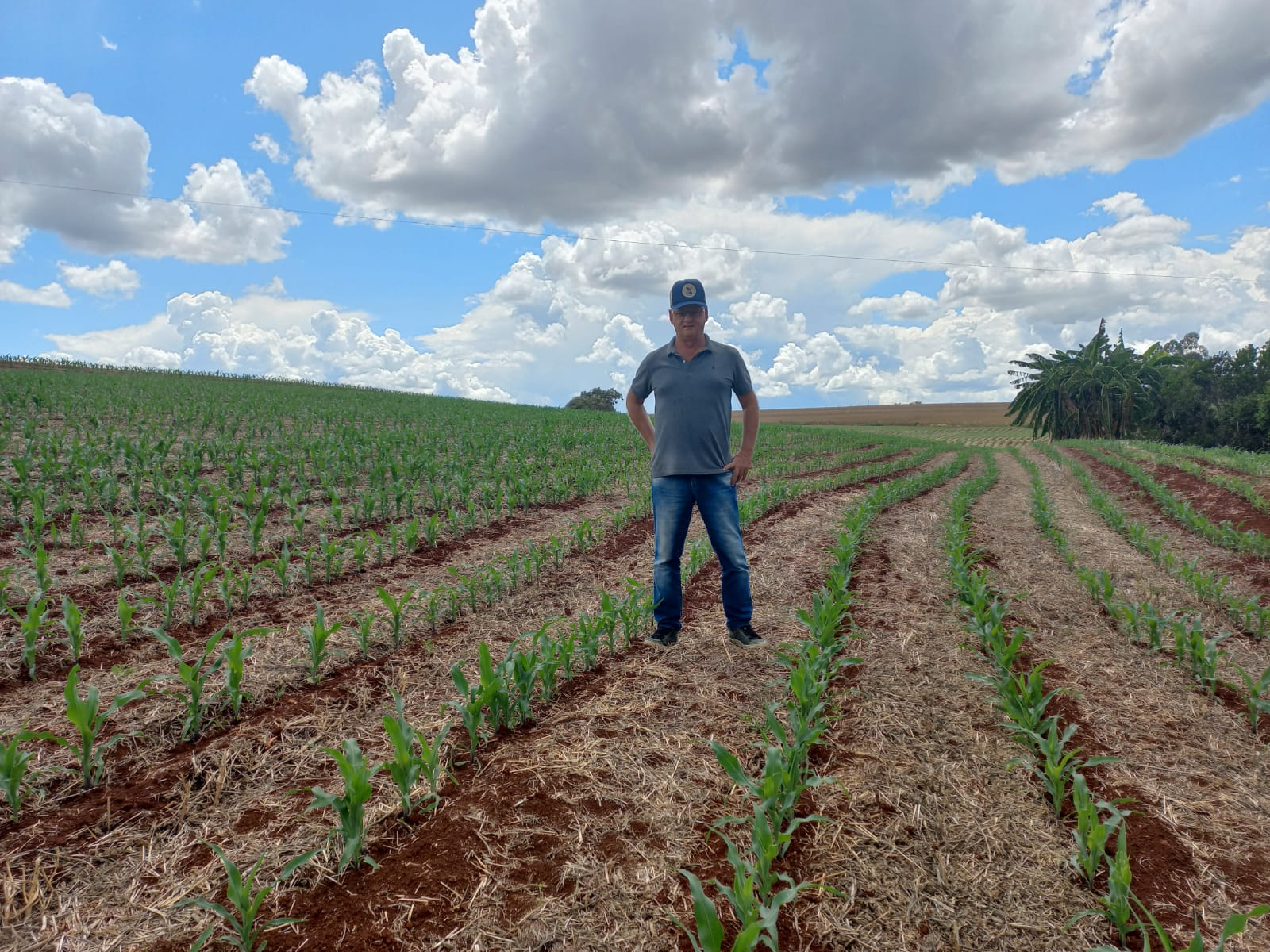
Restricted Russian supply
Russia, the main global fertiliser supplier, accounted for 22% of Brazil’s imports of the product in 2021, a total of 9.27 million tonnes, according to the Ministry of Industry, Foreign Trade and Services (MDIC). But last November, Russia imposed nitrogen export quotas to safeguard domestic supplies.
Coal, natural gas and oil are essential resources in fertiliser production. Many fertilisers are made by gasifying coal and combining it with nitrogen at high temperatures to form chemical compounds such as ammonia and urea that are the basis of many fertilisers, or by burning natural gas directly. Fossil fuels also power numerous manufacturing plants.
The producer does not have many alternatives and is hostage to international pricing, logistical issues and international policies
These fuels reached price peaks between early and mid-2021, causing a significant cost increase for fertiliser producers and manufacturers of the inputs. The dollar also appreciated 7.47% against the Brazilian real in 2021, hitting the country’s buyers.
“The producer does not have many alternatives and is hostage to international pricing, the dollar, logistical issues and international policies,” says Romanello.
At the end of 2021, Tereza Cristina Dias, Brazil’s Minister of Agriculture, travelled to Russia to try to secure supplies for Brazil. She received guarantees from the Russian government and fertiliser companies. “We will have no problems with delivery,” she claimed at the time.
Yet, prices remained volatile, and the situation is likely to worsen due to the outbreak of war after Russia’s invasion of Ukraine. Beyond the devastating human cost, the war will interrupt the flow of goods through Black Sea ports and could lead to the total suspension of fertiliser exports.
In a recent press conference, Dias said she feared the impacts of this in the coming months: “The summer harvest, which will be at the end of September or October, is a concern.”
Market analysts also say sanctions imposed on Russia by Europe and the US are expected to further destabilise supplies. “With retaliation from the west, the supply of fertilisers will become even more complicated. The price of food may increase a lot,” says César Castro, a specialist at Itaú BBA’s Agro consultancy.
China’s energy crisis and climate targets
China is Brazil’s second top supplier of fertiliser, accounting for 15% of imports in 2021, according to MDIC data. Yet, China also tightened its export policy in the third quarter of last year, driven by its energy crisis.
In the context of global shortages and high international prices, Chinese fertiliser producers began to favour the international market over the domestic one. However, to avert a domestic supply crisis, China limited fertiliser exports at the end of last year, and overseas sales fell.
“China has opted to meet the domestic market. We need to wait until April to know if it will return to exporting [as before],” says Castro.
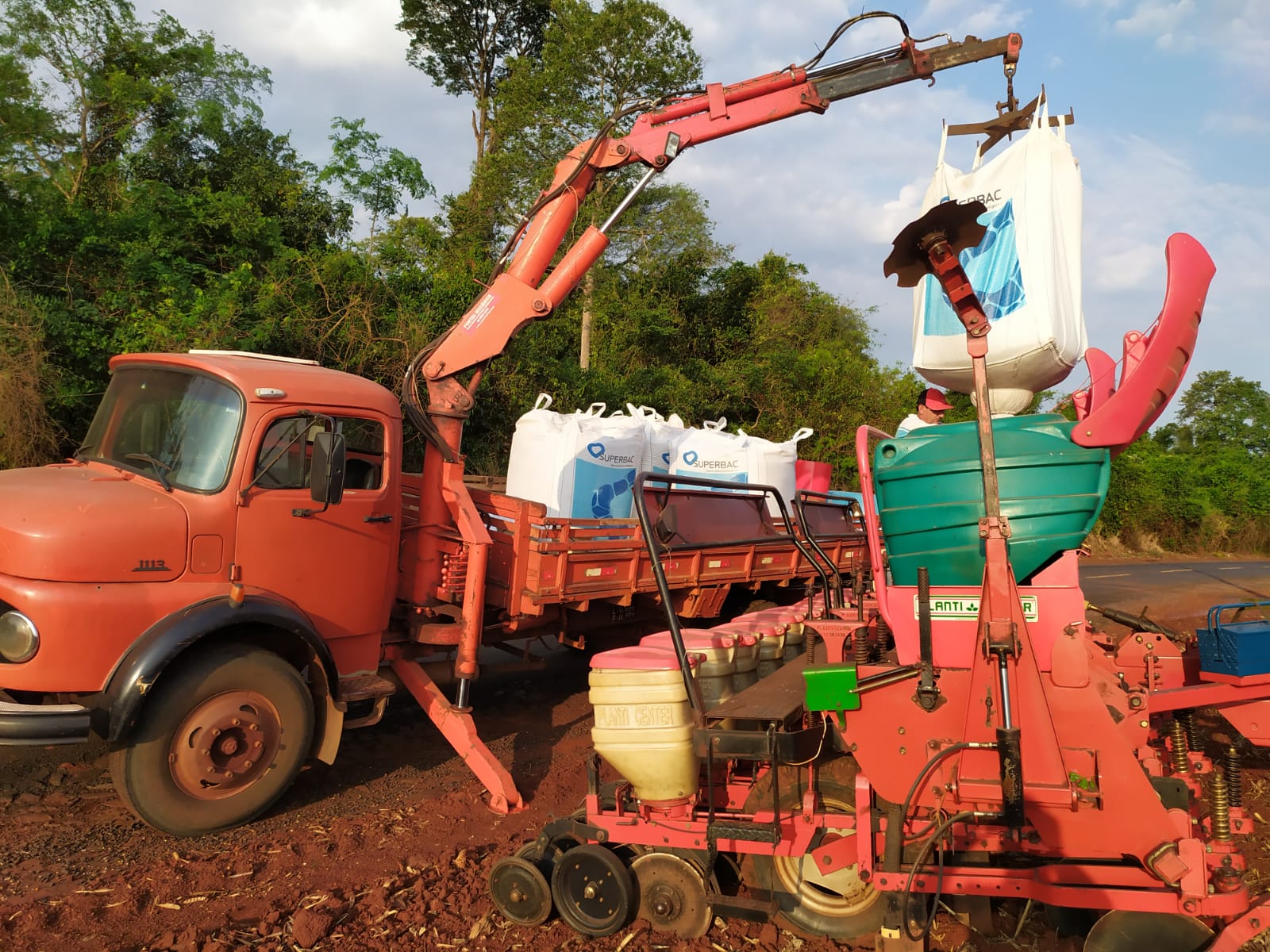
China’s promises to reduce its carbon footprint in the coming years could also affect the international fertiliser market. The country’s production still relies heavily on coal, which is highly polluting and energy intensive.
Last year, China’s energy crisis led to an increase in coal production. But the country has pledged to reach peak carbon emissions by 2030, a climate target reaffirmed during COP26 last November. According to China’s 14th Five-Year Plan, its quinquennial blueprint for development launched in March 2021, the country is expected to reduce coal use and impose restrictions on high emitting and consuming industries in the coming years.
Belarus sanctions
Belarus is another important supplier of fertilisers, particularly potash, to Brazil. However, Belarus has been feeling a series of sanctions imposed by the US and Europe since August 2020, following the contested return to power of Aleksander Lukashenko and, more recently, because of his support for Russia’s invasion of Ukraine.
The Eastern European country accounts for 20% of global exports, ranking as the third largest potash producer in the world. However, it now faces major difficulties in shipping the product due to the closure of European ports.
“Potash had already been experiencing low availability due to plant maintenance and the closure of two important mines of Mosaic [the Canadian mining company]. The sanctions aggravated the situation, generating lower availability and high prices,” explained Romanello. Potassium chloride, the most common chemical base of potash, leapt from US$250 a tonne in early 2021 to $800 in 2022 – record highs.
Brazil mining on indigenous lands
Brazil was once less dependent on fertiliser imports but these have grown substantially since 2015, according to MDIC data. This was due to state company Petrobras’ disinvestment in the sector after sprawling corruption scandals increased its debt and forced asset sell-offs. Several of its nitrogen production units closed in recent years.
“We are left hoping that multinational companies buy these plants to produce in Brazil, as happened at the beginning of February, with the acquisition by the Russian group Acron of the Petrobras Nitrogenated Fertiliser Unit (UFN3) in Três Lagoas [Minas Gerais state],” says Romanello.
The federal government also plans to launch the National Fertiliser Plan. It expects to reduce imports from 84% to 60% in three decades, which is unlikely to resolve its dependence on the foreign trade. Among the proposed measures, it intends to seek new mineral deposits within Brazilian territory.
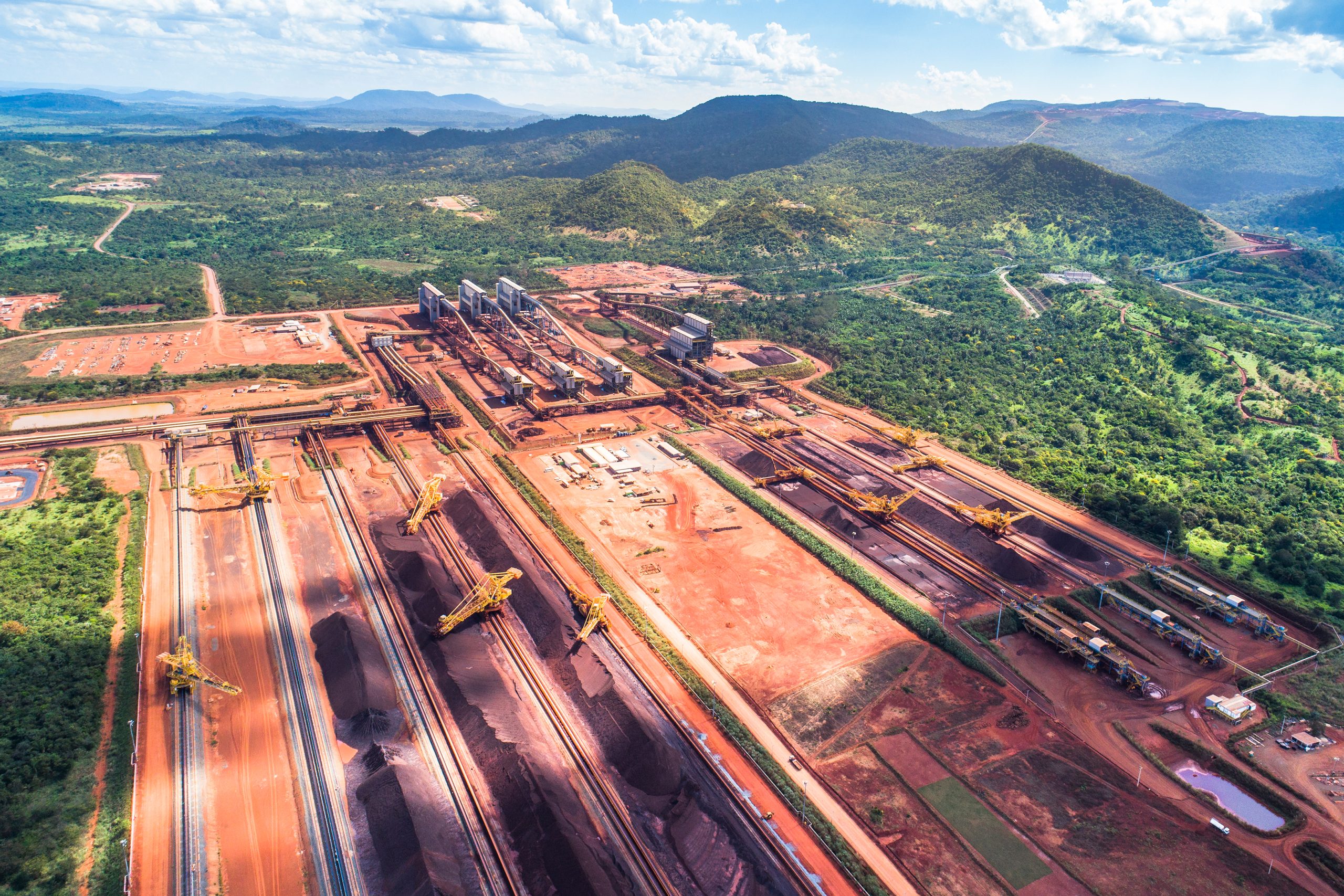
The situation has given President Jair Bolsonaro another opportunity to defend mining on indigenous lands. He called for the approval of Bill 191, currently being debated in congress, which would open these protected areas to mineral exploration. The proposed law faces criticism from environmental groups for its potential impacts on indigenous peoples and biodiversity.
“In 2016, as a deputy, I spoke about our dependence on potash from Russia. I cited three problems [to greater Brazilian self-sufficiency]: environmental, indigenous and those that own the exploration rights at the mouth of the Madeira River,” the president tweeted on 2 March. “Once [the bill] is approved, one of these problems will be solved.”
After the president’s call, congress could even debate the bill this Tuesday (8th). Minister Dias was also in favour of mining on indigenous lands to minimise the fertiliser crisis, but she is mainly betting on diversifying international suppliers.
For Romanello, the most viable way out is to seek more external partnerships, such as Canada for potash and Morocco and Saudi Arabia for phosphates. “For nitrogenous [fertilisers], the situation is more delicate, especially for ammonium nitrate, practically the entire volume of which Brazil imports from Russia,” she says.
Reduction of inputs and productivity
Global fertiliser supply bottlenecks have further exposed the dependence on chemical inputs for Brazilian crops. The use of fertilisers is one technological advance that serves to increase productivity, especially of grain crops such as soy, whose planted area expands year by year in the country, driven by domestic and global demand. Soy farming also leads to soil degradation that is compensated for by increasing fertiliser use.
Today, reducing the amount of agricultural inputs inevitably leads to reduced production. In the face of price and foreign supply uncertainty, this is exactly what analysts and farmers expect to happen.
“The indications are that producers should reduce the amount applied in the 2022–23 harvest,” says Ana Paula Kowalski, an agronomist at the Agriculture Federation of the State of Paraná, one of Brazil’s largest grain-producing states. “And many will reduce fertilisation without technical knowledge, potentially affecting even more crops’ productivity.”
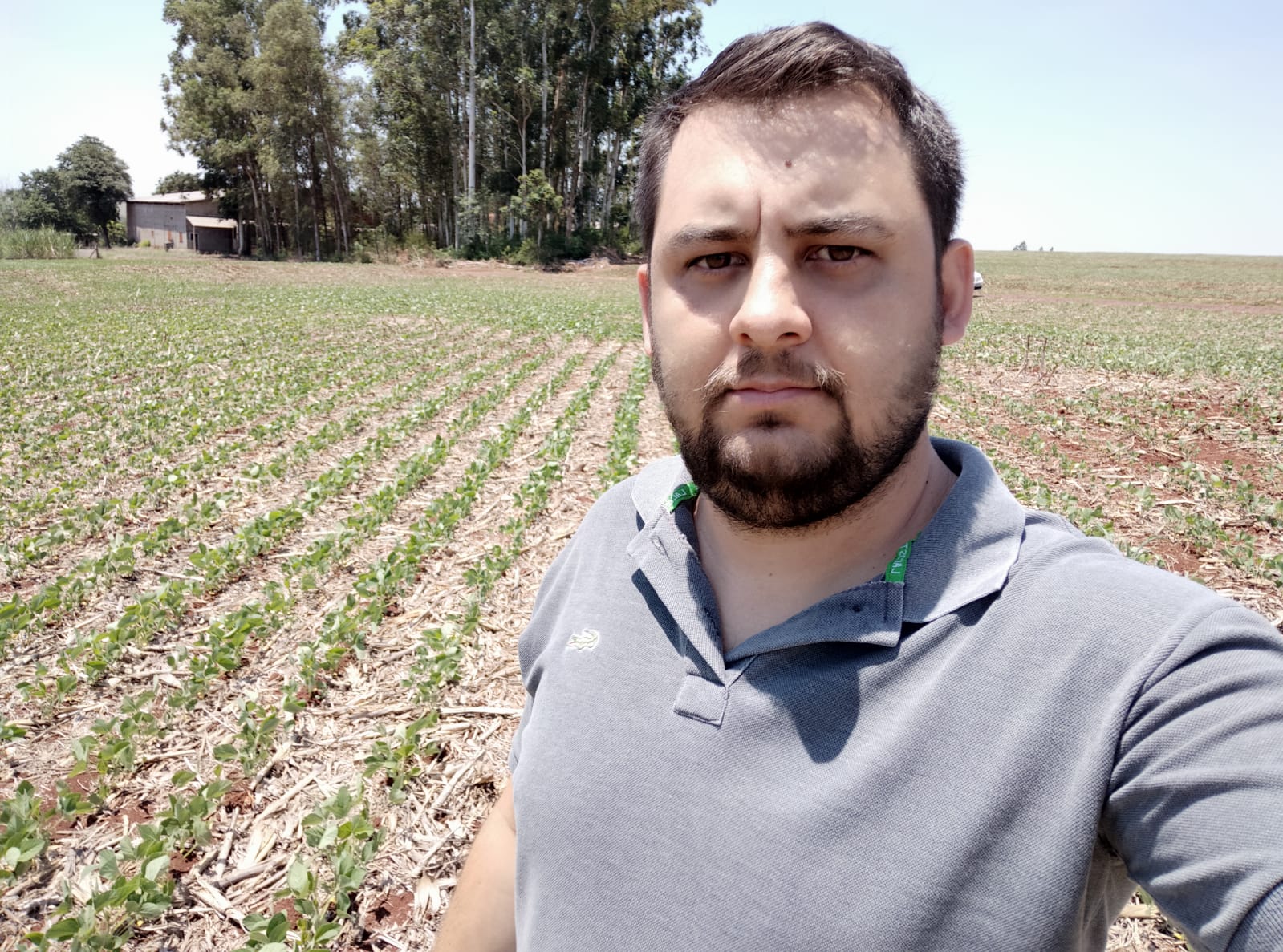
Castro, from Itaú BBA Agro, agrees. For him, producers will “hold back” on the use of fertilisers, putting productivity at risk. “We have never seen this before, because it is not common to use the minimum [amount of fertilisers],” he says.
Evandro Ghellere, a farmer, intends to reduce the amount of inputs in growing crops on his 40-hectare property in São Miguel do Iguaçu, Paraná, despite knowing that this could compromise productivity.
“There’s no way I can use the same amount as in past harvests,” he says, still trying to comprehend the rising production costs. “If before I used to use 15 bags [of fertiliser] per bushel, now I’ll put ten. A 50-kilo bag, for which I paid R$80 (US$1.58) in the 2019-20 season and R$140 ($27.50) for the 2020–21 crop, now costs R$220 ($43.32).”
“We don’t know what will happen in 40 days, what the price will be, and if there will be [fertiliser] available,” says Zeni, summing up the deep uncertainty among Brazilian farmers.
